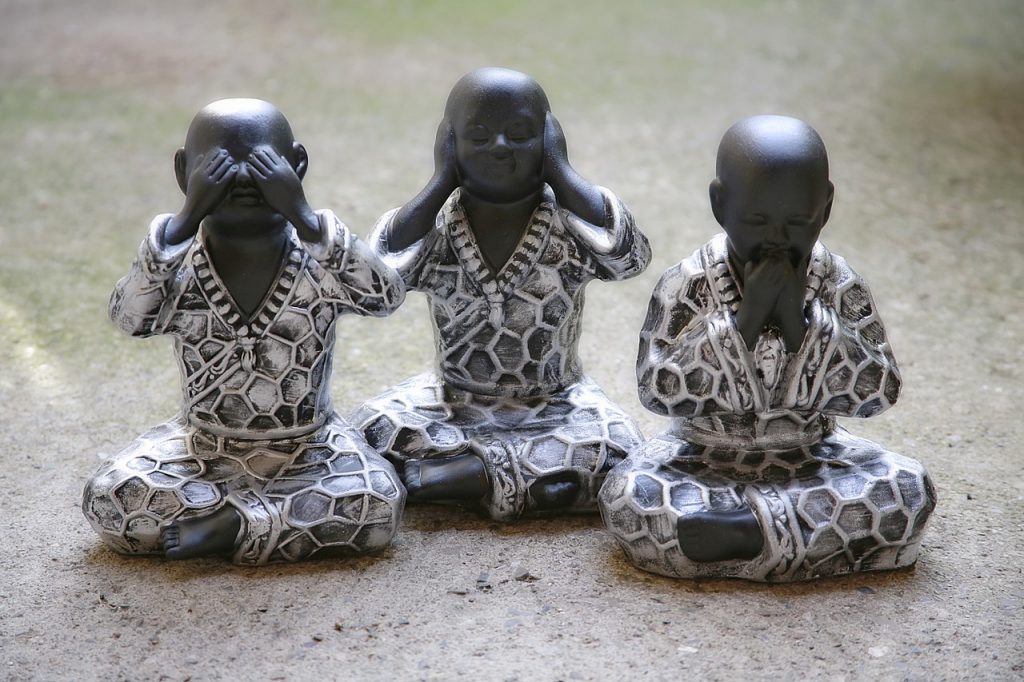
Most meditation and yoga practices are aimed at overcoming duality to facilitate the unity of experiences and views.Īll distinctions are ultimately the product of dualistic views and may be the result of the fact that the human brain is made up of two lobes that are connected by the corpus callosum-the role and function of which is still being researched. From įundamentally, while different schools of Buddhism approach duality in different ways, it can be said that all teachings and practices aim to transcend duality in favor of more integrated views and experiences. Similarly, in Daoism the yin and yang represent two distinct aspects of universal existence and are considered complementary parts of the whole, which is constantly transforming.Īchintya at the Bali Museum.

In the absolute level of truth, all phenomena are considered as one, but at the relative level, phenomena can be distinguished as separate.


Readers may have heard of the notion of “two truths”-ultimate and relative-referenced in the Buddhist teachings. It can also be said that Buddhism according to the Theravada tradition rests more on a dual view while the Mahayana proposes that everything exists in both an absolute and relative or conventional way. The Buddha’s teaching is pragmatic and not based on some grand, speculative philosophical theory.” (Learn Religions) ‘In contrast to the non-dualistic systems, the Buddha’s approach does not aim at the discovery of a unifying principle behind or beneath our experience of the world,’ he wrote. According to Bhikkhu Bodhi: “Theravada Buddhism is neither dualistic nor nondualistic. There is also qualified non-dualism ( vishishtadvaita), which-mixed with other concepts and interpretations related to duality-makes this a dense and complex topic.ĭualism is also relevant to Buddhist thought insofar as Buddhists seek mainly to transcend it.

The philosophy that synthesizes them both is known as Acintya Bhedabheda Tattva.* One can look up the Sanskrit terms dvaita and advaita, for example, or ask scholars about duality and expect a multiplicity of texts, points of view, and authoritative sources, as well as Sanskrit nomenclature and ongoing debates.ĭvaita philosophy states that reality is dual while advaita philosophy holds that reality is unitary and transcendent of duality. Nowadays, thanks to novel insights from neuroscience and medicine, we can compare what we know about duality from ancient wisdom traditions with what we are learning using modern equipment and contemporary scientific methods. This is probably because duality is intrinsic to the physiology of the human brain, which has two hemispheres, and the resulting impact on the physiology of human cognition, which itself gives rise to our understanding of the world and our experience of reality-a central topic in the ancient wisdom traditions. Duality comes up often in Buddhism and the discourses of other Dharmic and wisdom traditions.


 0 kommentar(er)
0 kommentar(er)
